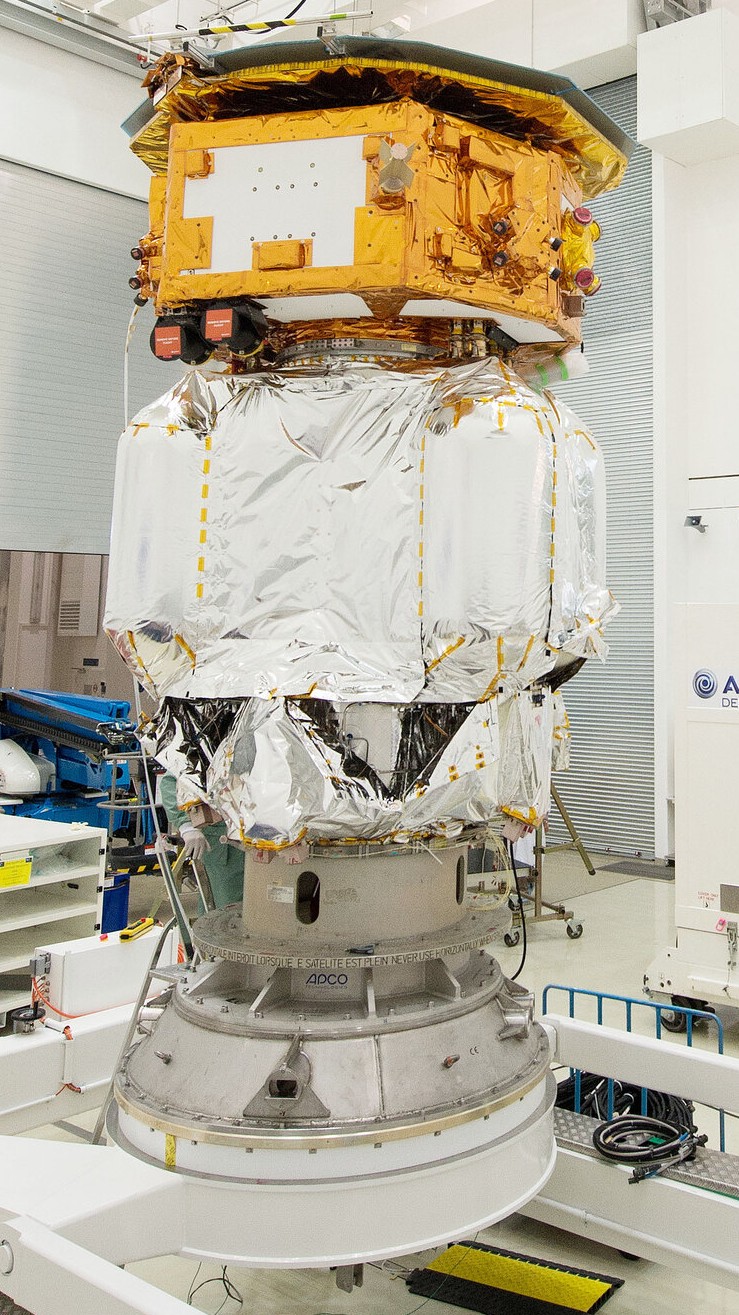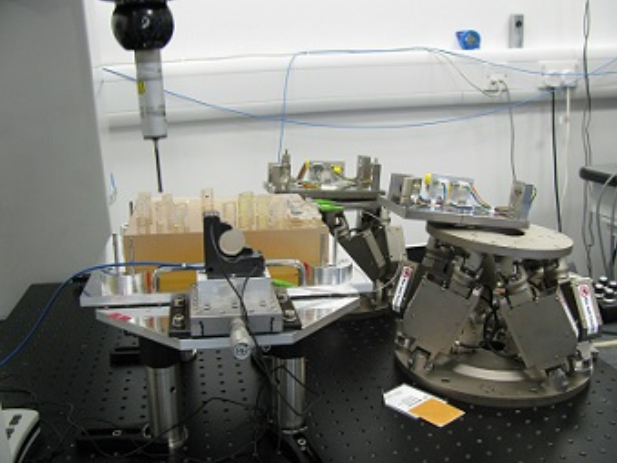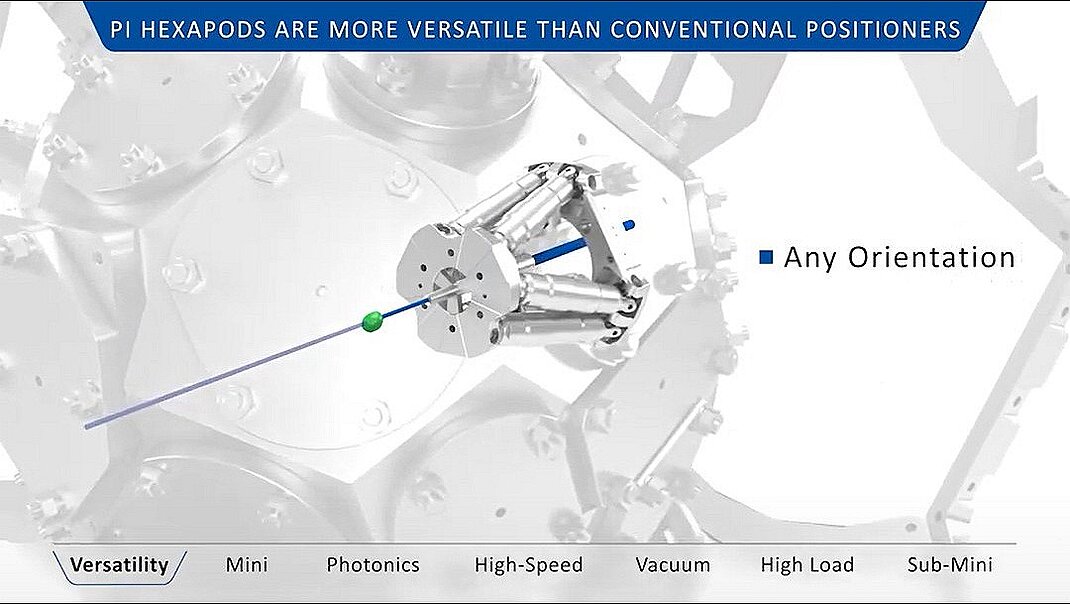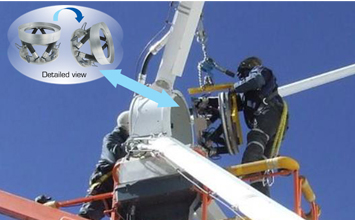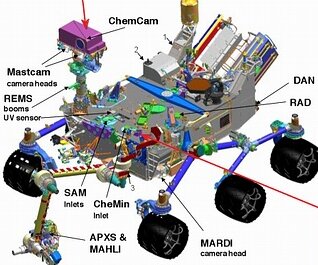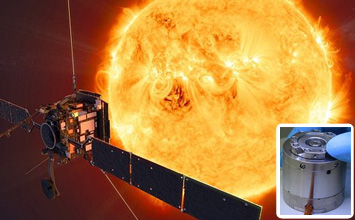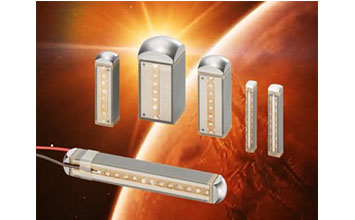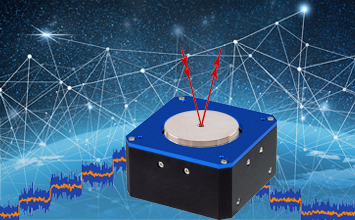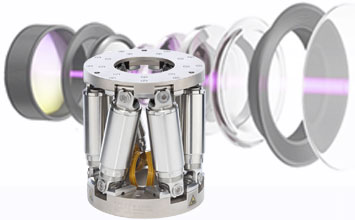On December 3, 2015, the European Space Agency (ESA) launched the LISA Pathfinder spacecraft, marking the birth of the next phase of an incredible project that will one day help scientists look at the structure of galaxies and our early universe. We might even get a preview into the structure and nature of space-time itself.
LISA Pathfinder is a tremendous step towards a space-borne gravitational wave observatory, which is planned to address the ESA ‘L3’ science theme. During its mission, the LISA Pathfinder will place two test masses in space and then allow a near perfect gravitational free-fall, while measuring their relative positions with an unprecedented level of accuracy.
During their free-fall, the two masses will be untouched, but shielded by the spacecraft. The 46mm gold-platinum test cubes will each be suspended in their own vacuum chamber with capacitive sensors to measure their relative positions, and an optical readout for the critical axis. When one of the test masses moves away from its null position, a signal is sent to the control system which activates the micro-propulsion thrusters of the spacecraft to enable it to remain centered on this test mass. The second test mass will follow the first by control forces applied via a mixture of Micro-Newton (cold gas) thrusters and capacitive actuation.
The primary objective of the mission is to measure deviations from geodesic motion. The science of LISA Pathfinder consists of measuring and creating an experimentally-anchored physical model from all spurious effects and stray forces. The ability to measure the miniscule motions of test particles in perfect free fall is needed to eventually construct a mission, such as eLISA, to detect gravitational waves.
eLISA is a large-scale space mission scheduled to launch in 2034 and designed to detect one of the most elusive phenomena in astronomy – gravitational waves. With eLISA, gravitational waves of the entire universe will be directly observed, hopefully revealing learnings about the formation of galaxies, stellar evolution, and possibly the structure and nature of space-time.
LISA Pathfinder is an ESA project with many of the leading European astronomy research centers involved, including scientists at the Institute for Gravitational Research from the School of Physics and Astronomy at Glasgow University.
Dr. Christian Killow, a SUPA (Scottish Universities Physics Alliance) Advanced Research Fellow, explained: “Gravitational waves can pass through matter virtually unaffected, allowing us to detect and measure things, for example black holes coalescing, which are hidden to the electromagnetic spectrum. LISA Pathfinder, a precursor to a space-borne gravitational wave observatory, is designed to test the technology needed to detect gravitational waves in space for the first time. [The Institute for Gravitational Research] have developed a compact, on-board optical bench interferometer which use laser beams to measure the position and angle of the test masses providing an accurate monitoring of their separation at the picometer (10exp-12 m) level. In eLISA, measuring the relative positions of similar test masses will enable us to detect gravitational waves passing through the system.”
Dr. Killow and his colleagues needed to create a test platform to allow a laser beam target to be precision-manipulated during construction of the flight hardware optical bench interferometer, and selected PI’s M-824 Hexapod, a 6-axis micropositioning system.
“Components of the optical bench must be precision-aligned to the sub-micron level and the system must be sufficiently robust to cope with the testing environment of launch into space. We selected the M-824 Hexapod because PI supplies quality instruments that we were confident would perform as expected, and we’ve been very happy with our choice. Having successfully used the hexpods to build the optical bench for LISA Pathfinder, we are now working to automate and industrialize the precision-placement techniques, where again the hexapods are proving invaluable.” Dr. Killow concluded.

PI 6-axis Hexapods are increasingly used in simulation / test environments due to their versatility, speed, precision, and load capacity. Whether creating a multi-directional rapid vibration to simulate the unsteady hand of a photographer, or a large solid aerodynamic object being performance tested against varying wind directions, the level of control and precision positioning with PI’s 6-axis hexapods provides unrivaled results for both design and test phases of a precision project.
Blog Categories
- Aero-Space
- Air Bearing Stages, Components, Systems
- Astronomy
- Automation, Nano-Automation
- Beamline Instrumentation
- Bio-Medical
- Hexapods
- Imaging & Microscopy
- Laser Machining, Processing
- Linear Actuators
- Linear Motor, Positioning System
- Metrology
- Microscopy
- Motorized Precision Positioners
- Multi-Axis Motion
- Nanopositioning
- Photonics
- Piezo Actuators, Motors
- Piezo Mechanics
- Piezo Transducers / Sensors
- Precision Machining
- Semicon
- Software Tools
- UHV Positioning Stage
- Voice Coil Linear Actuator
- X-Ray Spectroscopy

